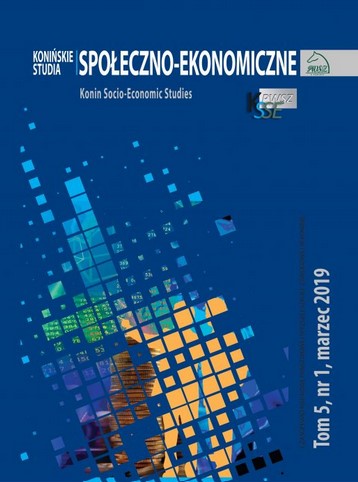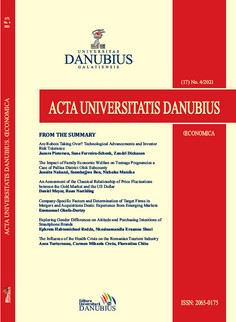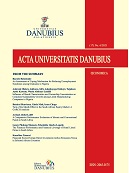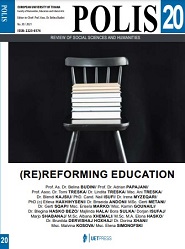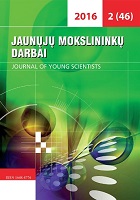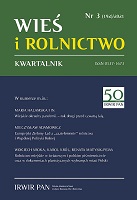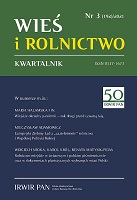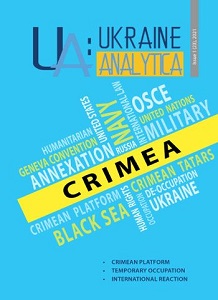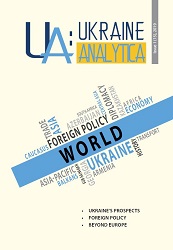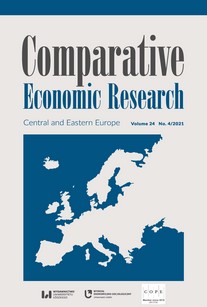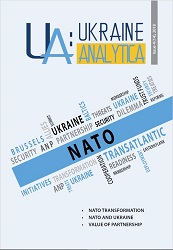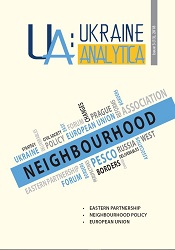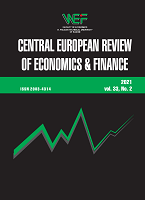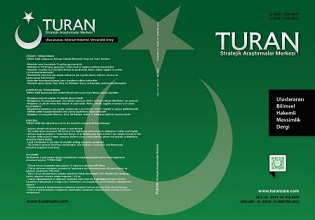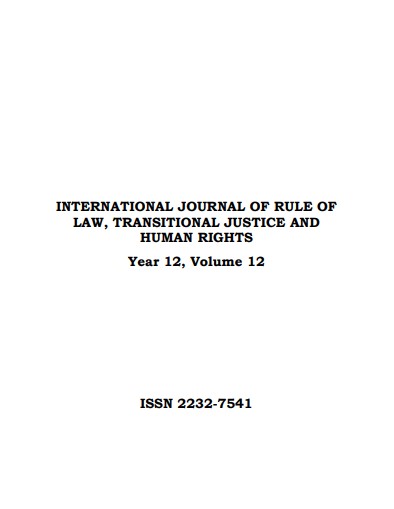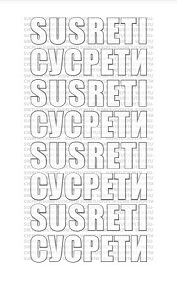Author(s): Renata Lukošienė / Language(s): Lithuanian
Issue: 2 (46)/2016
Lithuanian personal names have been investigated for many years by researchers; however, little attempt has been made to study students’ names of Šiauliai University. The aim of the present article is to investigate Šiauliai University students’ names in the sociolinguistic aspect, to perform linguistic and statistical analysis of names. The article seeks to reveal the diversity, distribution, origin and semantic motivation of students’ names. The selected period is from the year 2000 to 2015. The study involved 7166 first-year full-time and part-time students, including 5776 female and 1390 male students. 735 different names were recorded, 491 female and 244 male names. It has been revealed that the most popular female name is the name of Greek origin Kristina (180 students), the second – Lithuanian name Lina (177 students), the third – Greek name Jurgita (154 students). The dominating male name is the name of Hebraic origin Tomas (72 students), the second – Lithuanian name Mindaugas (54 students), the third – Greek name Andrius (41 students). The analysis of the etymology of students’ names shows that there are more names of Lithuanian origin among the most common female names, e.g. Aušra, Daiva, Jūratė, Rasa, Vaida; however, the most frequent male names include Christian names of Hebraic, Greek, Latin, German and Celtic origin. The data collected during the investigation were compared with baby names registered in Lithuania. Statistical data were calculated on the basis of information from the compendium of the Republic of Lithuania citizens’ names, compiled by the Commission of the Lithuanian Language, and information from the Residents’ Register Service. The obtained data reveal that some Lithuanian names are clearly motivated semantically, for example, according to the character and personality traits, related to the names of certain natural phenomena and floral names. A great number of students’ names of foreign origin reflect positive socio-cultural values of the community. The research shows that Šiauliai University students’ names reflect the social and cultural atmosphere in the community and express the values dominant in the community. That was proved by more frequent old Lithuanian and Christian names and less frequent appellative and unusual avoidable diminutive names.
More...
